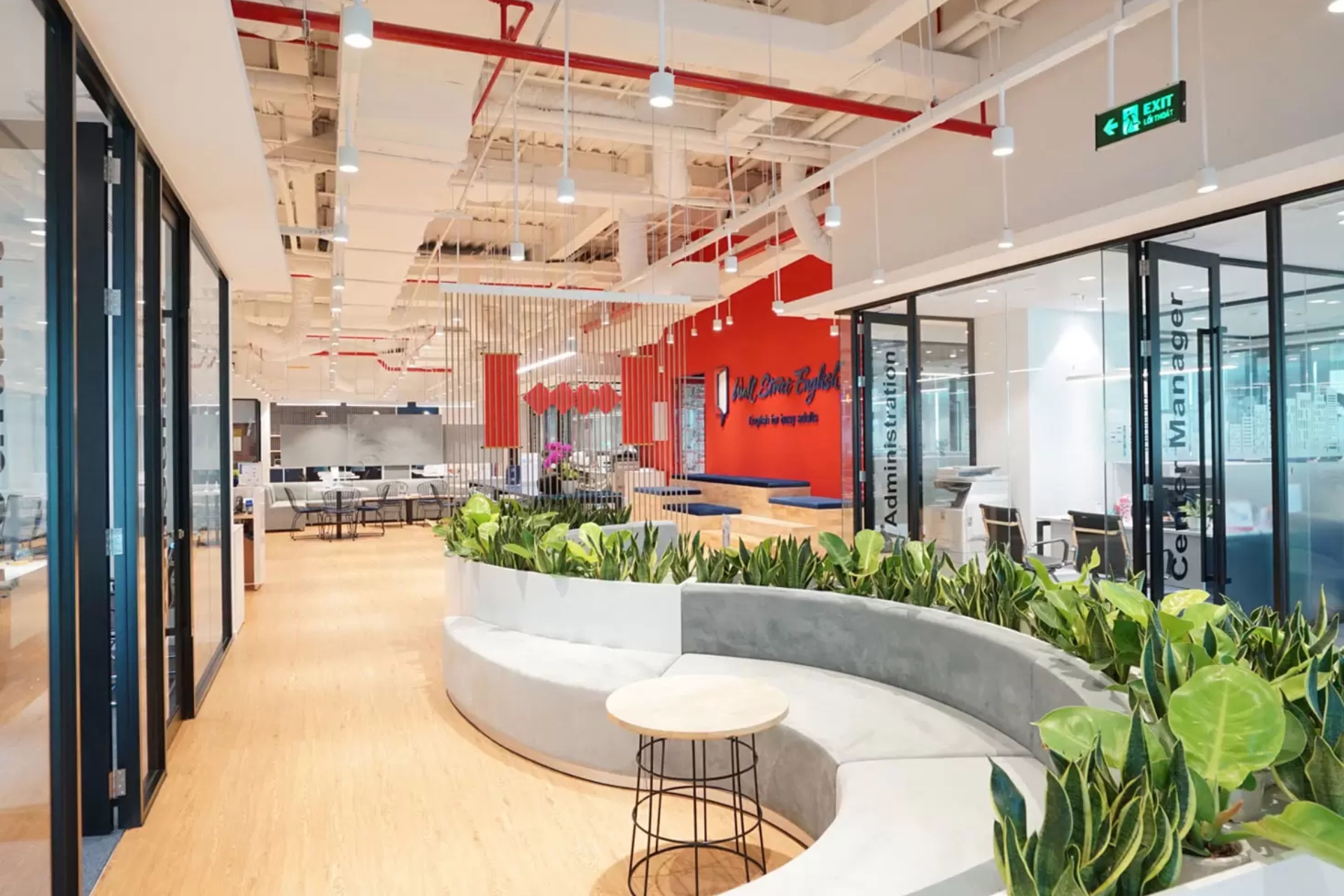
3 Important Considerations in School Design And Build
There are many factors that need to be considered when designing and constructing a school to ensure safety, quality, and the creation of an effective learning environment for students. Let’s explore the key considerations to focus on when designing and constructing schools with TECO:
Functional Zoning
When designing a school, it is essential to have a logical spatial layout. Areas for teaching and learning, administrative and management spaces, recreational areas, and auxiliary spaces should be organized in a scientific and convenient manner, aligned with the educational orientation of each school. Among these, the teaching and learning areas should be given particular attention to facilitate the teaching and learning process.
During the design process, it is also important to consider flexibility and future expansion to accommodate the growing needs of the school.
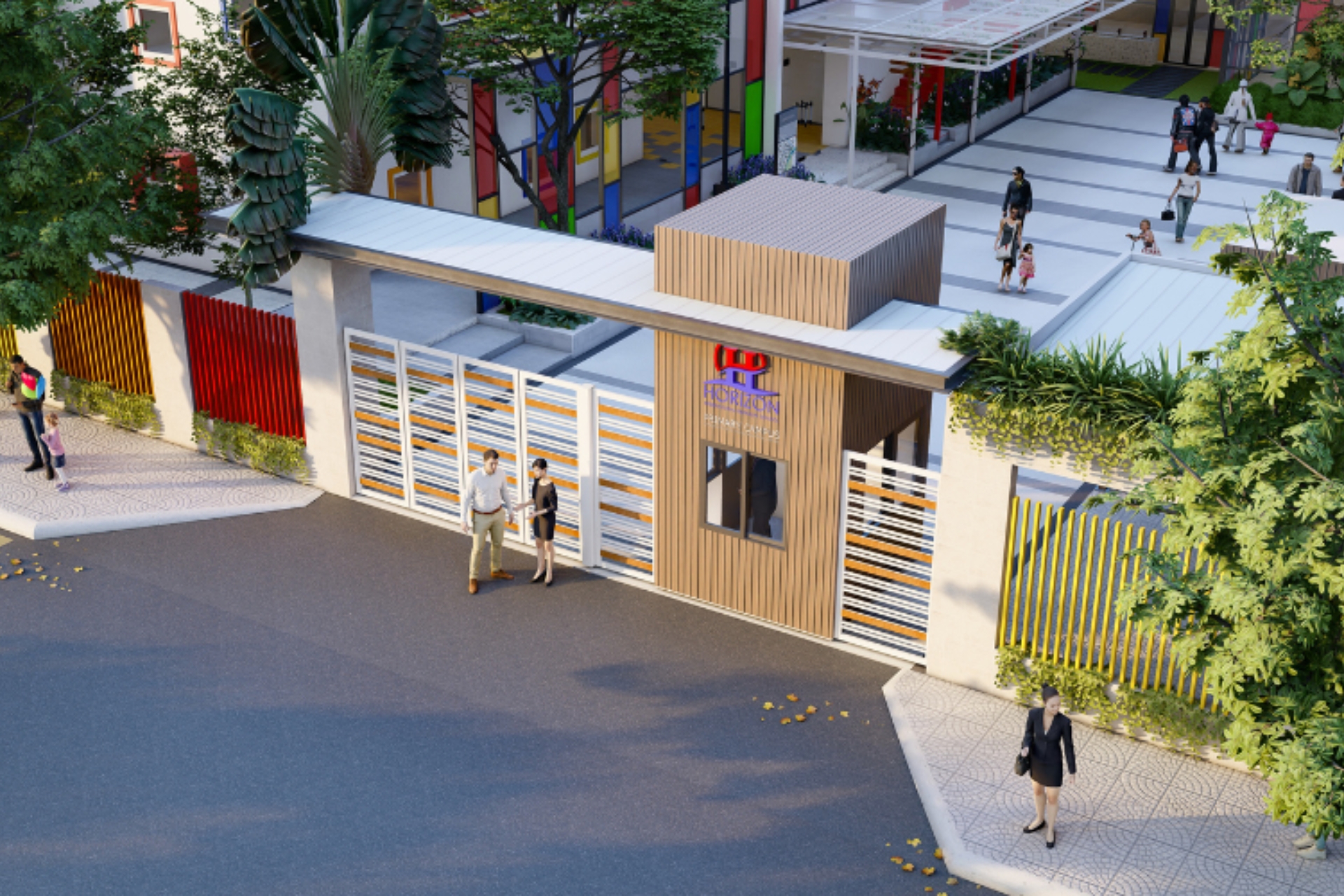
Teaching and learning areas should be given particular attention to facilitate the teaching and
learning process.
Safety and Sustainability
Several points need to be considered when designing and constructing schools to ensure safety and sustainability:
- Construction Materials: Use safe, non-toxic, fire-resistant, slip-resistant materials with good load-bearing capacity and durability to ensure the long-term viability of the project.
- Weather Resistance: Design waterproofing and ventilation systems suitable for the climate to ensure a sustainable, safe, and comfortable learning environment for both students and teachers.
- Safe Usage: During construction, ensure that electrical, water, and related systems are installed to the appropriate standards, avoiding any hazards to students and teachers. For example, electrical wiring should be arranged properly, with full insulation, ensuring no exposed hazardous parts. Water systems and tanks should also be thoroughly checked to prevent leaks, flooding, or slips.
- Fire Safety: Schools are particularly prone to fire hazards due to the dense electrical systems operating at high capacity due to the large number of classrooms. Therefore, schools must be equipped with fire safety devices and materials, ensuring the safety of students, teachers, and staff.
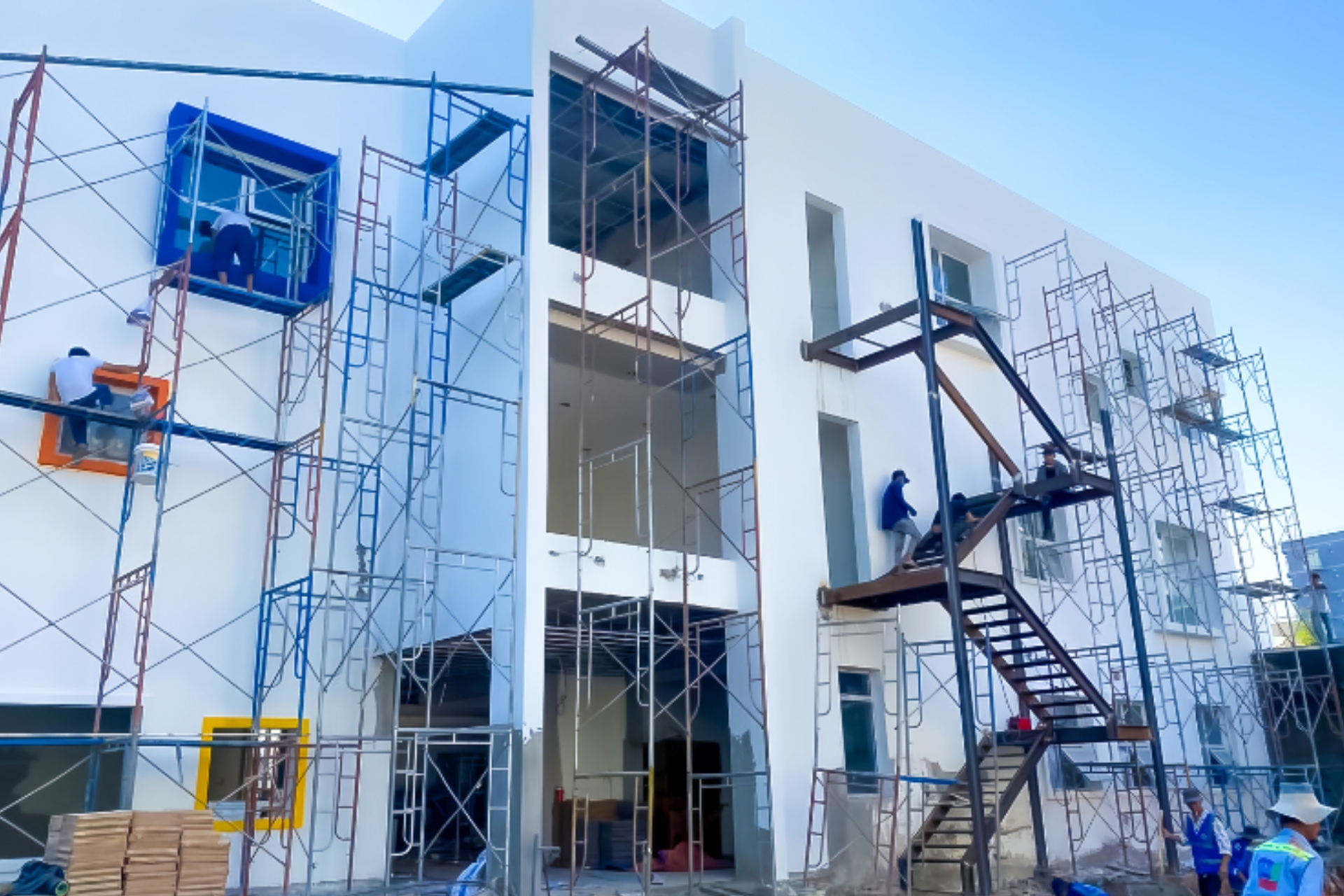
Safety and sustainability should be taken consideration when designing and building schools.
Aesthetic Appeal and a Friendly Learning Environment
When designing a school, it is essential to ensure that colors and lighting create a friendly atmosphere, stimulate creativity, and foster enthusiasm for learning. Firstly, colors should be carefully selected to reflect the mood and style the school aims to establish. Bright colors, such as yellow, blue, and green, are often prioritized to stimulate imagination and inspire students to engage in their studies. As for lighting, natural light should be emphasized and maximized to create an open, airy space while also saving energy. In cases where natural light cannot be fully utilized, soft LED lighting should be used to prevent eye strain during prolonged study sessions.
Additionally, school furniture should be designed with flexibility and creativity in mind. For example, desks and chairs should be easily movable or adjustable to accommodate various needs. When selecting furniture, it is important to choose pieces made from safe, durable materials. The overall design of the school environment should create a comfortable, open space that stimulates curiosity, creativity, and excitement for students.
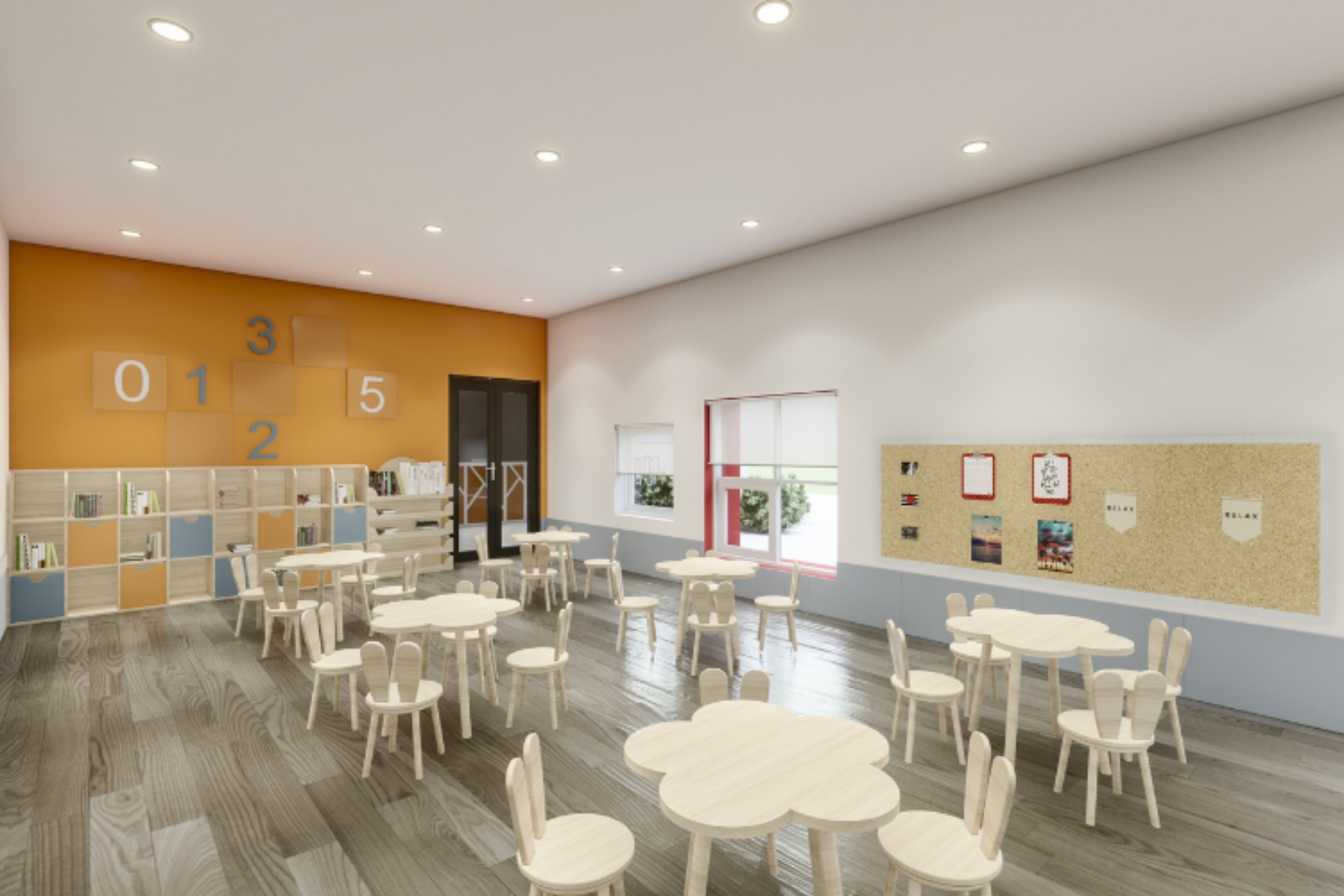
School furniture needs to be designed flexibly and creatively.
Experience in School Design and Construction
Currently, many contractors specialize in school design and construction, but to choose a reputable unit, several factors must be considered.
- Types of projects completed
- The number of schools built
- Company experience and qualifications
- Business registration and certifications
- Commitments to safety and warranties
- Company size
- The team of architects, engineers, and workers involved
Expertise in the Education Sector
A contractor specializing in school design and construction must have a deep understanding of the education sector. This is crucial because they need to grasp the specific needs of the educational environment and comply with educational standards and regulations, such as technical specifications, school safety requirements, and other specific demands. This not only ensures a school that meets the required standards but also contributes to building an ideal learning environment for students.
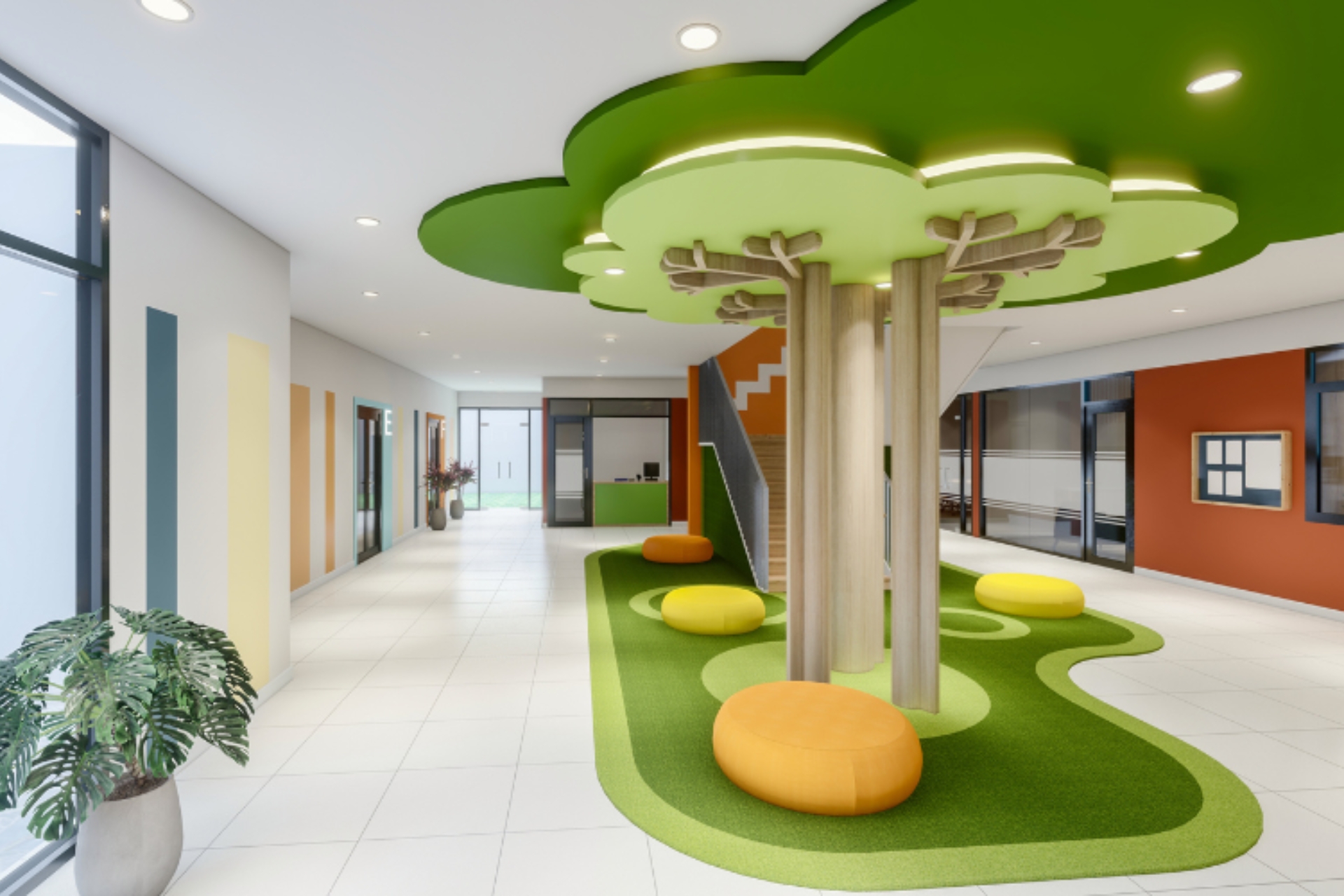
It is important to select a contractor who has an in-depth knowledge of the education industry.
Clear Pricing Structure
A clear and transparent pricing structure is essential for each project to ensure financial effectiveness, mitigate risks, and enhance the cooperative relationship between the contractor and the client. A well-defined pricing structure helps control the budget, specifies the scope of work, defines responsibilities, and reduces the chances of scope creep. Furthermore, the pricing structure serves as a basis for comparing and selecting a contractor who aligns with the project’s budget and capabilities.
Ensuring Occupational Safety
This is one of the priority factors when selecting a contractor for school design and construction. The contractor must organize regular training sessions on occupational safety, the use of protective equipment, and accident handling for workers and engineers. During construction, regular checks on the use of protective gear such as helmets, anti-slip shoes, safety goggles, gloves, and harnesses are necessary. Additionally, for larger multi-story schools, sturdy scaffolding, safety belts, and warning signs are essential to ensure the safety of the construction team.
When designing and constructing schools, attention must be given to functional zoning, safety, aesthetics, and the friendliness of the school environment. Furthermore, when choosing a reputable contractor, consider their experience, expertise, and pricing to ensure the project is completed to a high standard, meeting the expectations of the client.



